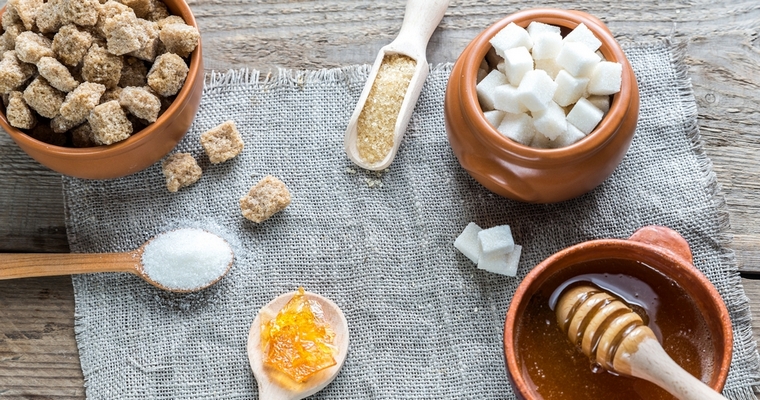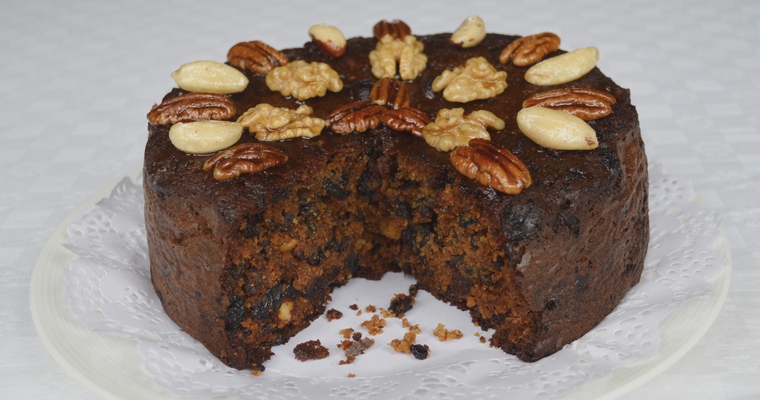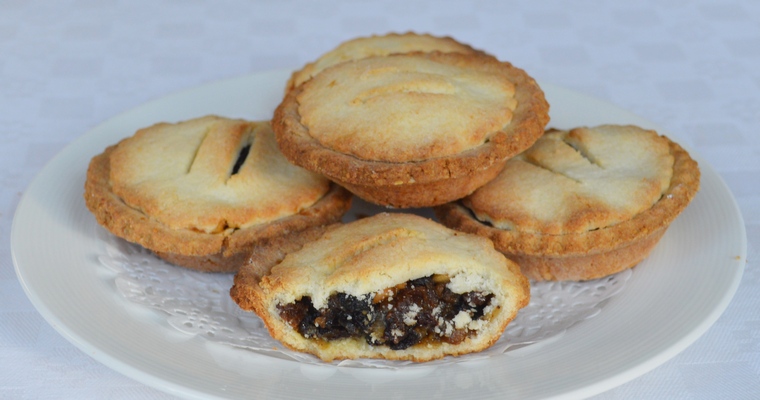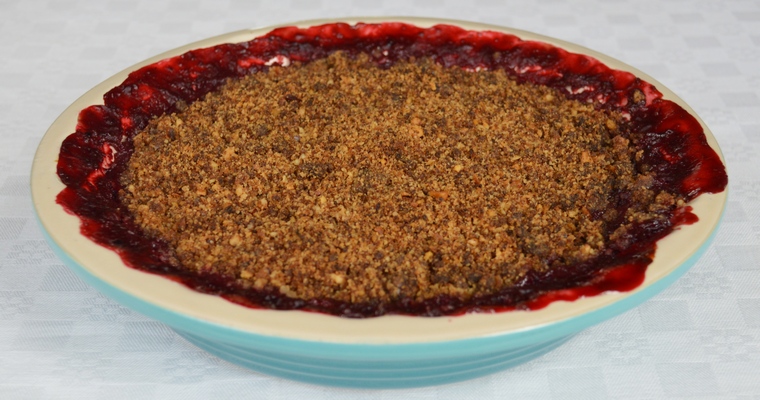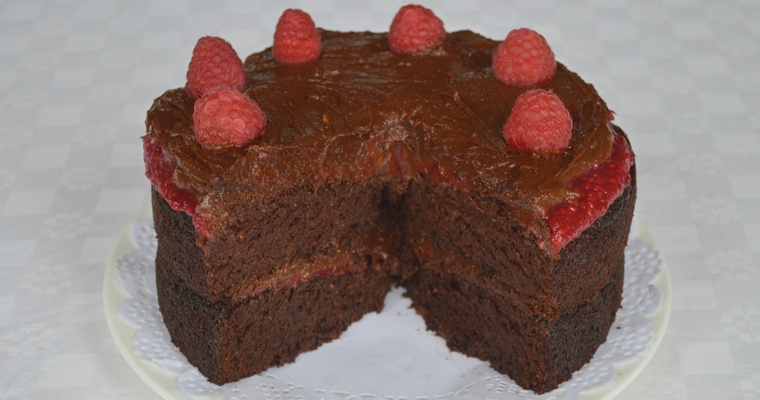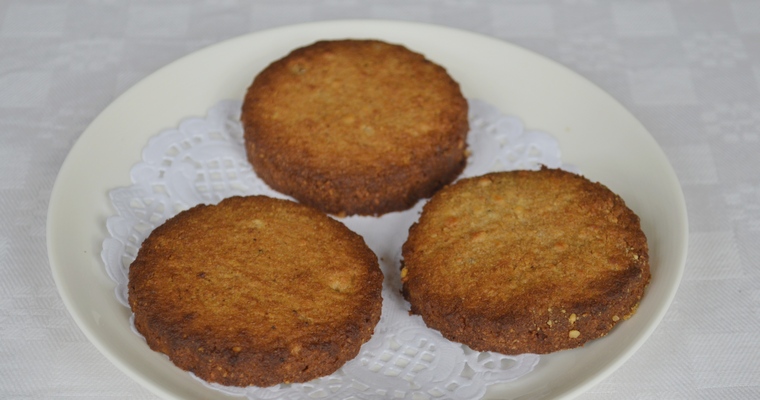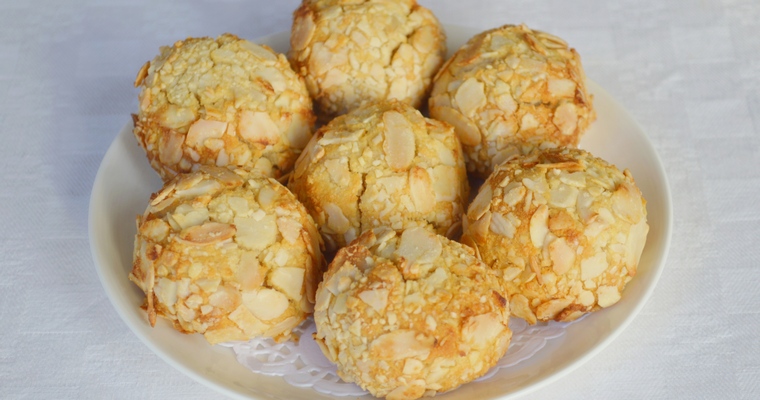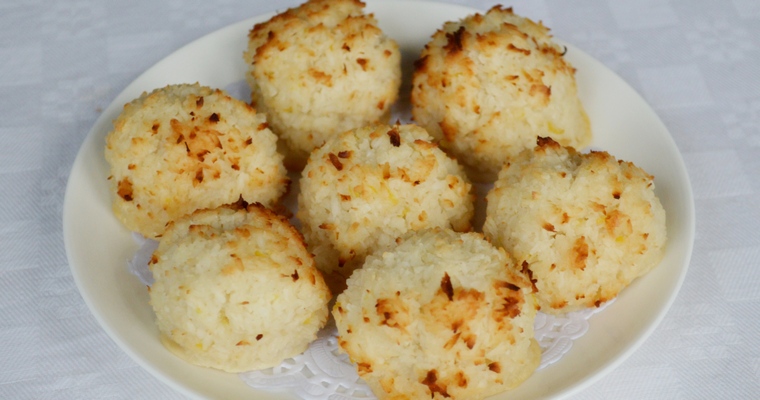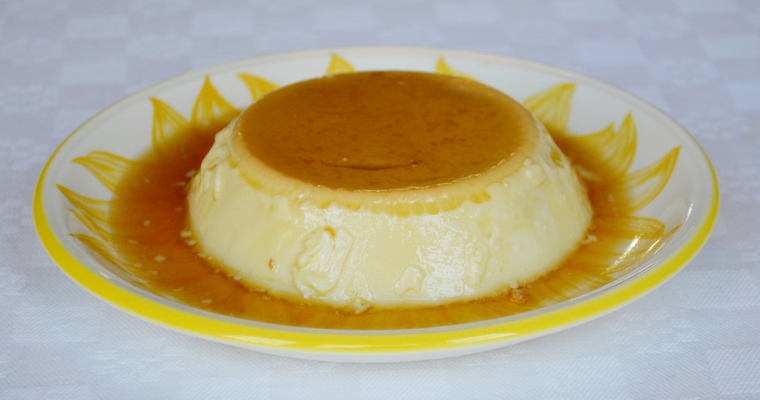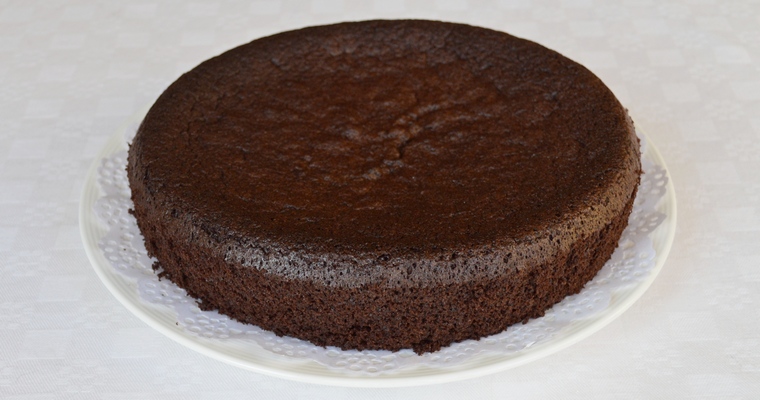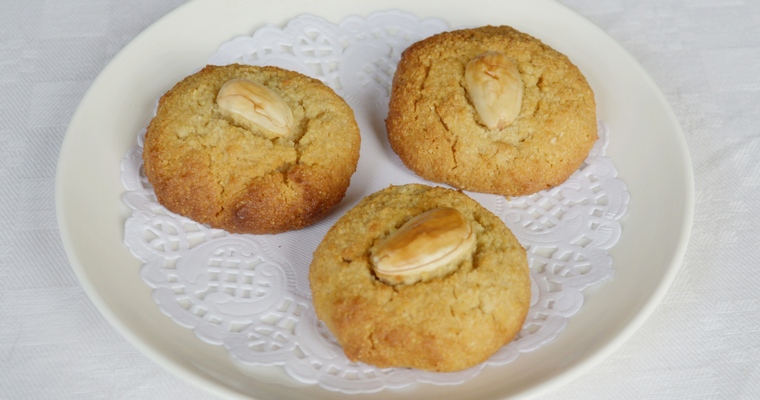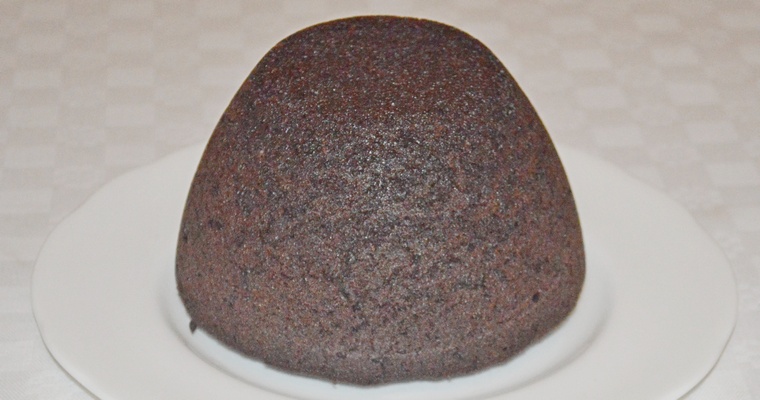How-to guide for replacing sugar with honey in cake and biscuit recipes. Compares the effects that sugar or molasses have on taste and texture versus honey.
Technique
01. What is the role of sugar in a baking recipe?
02. What different types of sugar are there?
03. How do I substitute one type of sugar for another?
04. Why replace sugar?
05. Why use honey?
06. How will honey affect the flavour?
07. How will honey affect the structure and texture?
08. What happens if I replace sugar one-for-one with honey?
09. How do I convert an amount of sugar to honey?
10. What adjustments will I need to make to the recipe?
Recipes
10. Which recipes work best with honey?
01. What is the role of sugar in a baking recipe?
Sugar’s most obvious contribution is to create a sweet flavour, but it also has a marked effect on the structure, texture and moistness of food. Sweet bakes like cake contain a lot of sugar, while savoury bakes like bread contain only a couple of spoonful’s. Bread has an open crumb with large, irregular air pockets, and a tough texture that needs to be sawn apart with a serrated knife. Cake, meanwhile, has a closed crumb that is lighter and softer, and crumbles when sliced. The addition of sugar is a key reason for cake’s tenderness, due to the way it interacts with other ingredients when heated.
Properties of sugar:
- Hydration: sugar attracts and absorbs water, and melts when heated to lubricate dry ingredients (sugar is actually considered a liquid in baking terms). This creates a moist bake, and prolongs the shelf life.
- Texture: sugar helps bakes to rise by trapping air. This creates a light and fluffy texture. Granulated sugar can be creamed with butter to create tiny pockets of air in the batter during the mixing stage (mechanical aeration). During the heating stage it melts, creating a channel for the bubbles of carbon dioxide that are produced by raising agents like baking soda (chemical aeration).
- Structure: sugar interferes with gluten formation and egg protein coagulation. It competes with gluten to absorb the most water, and stops eggs proteins from bonding to one another. This weakens the structure, creating a tender crumb that is soft and crumbly without being dry.
- Flavour: sugar adds sweetness, but has a subtle flavour that does not overwhelm.
- Crust: sugar undergoes a chemical reaction when heated, which causes it to darken in colour and develop deep, complex flavours (caramelisation).
02. What different types of sugar are there?
Sugar is either crystallised (granulated sugar) or liquid (molasses), and ranges from white to dark brown in colour. Sucrose is the name of the sweet-tasting carbohydrate that is extracted from sugarcane or sugar beet plants to make sugar. This is done by crushing the plants, boiling up the juice, and then centrifuging the concentrated syrup to separate out the sugar crystals. Different types of sugar are produced at different stages of the refining process. White sugar has been completely refined and comprises 100% sucrose, while brown sugar retains a small percentage of molasses. Molasses is the thick, dark liquid that gets left behind when the sucrose is extracted. This is boiled a second, and even a third time to extract more sucrose. Each round of heating concentrates the flavour, and darkens the colour of the molasses as the remaining sugars are caramelised. Very dark molasses (blackstrap molasses) come from the third boiling. They have a very strong flavour that is barely sweet, as more of the sugar has been removed.
- coarse granules
- colourless
- light flavour
- melts when heated
- neutral pH (neither acidic nor alkaline)
- slows freezing, and reduces ice crystal size
- light, delicate sponge cakes
- white meringues
- thin, crisp biscuits
- creamy sorbets / ice creams
Good for light and fluffy cakes, and for paler mixes where a light colour is important, like angel cake.
Produces biscuits that are thin and crispy. The neutral pH does not encourage egg proteins to coagulate, allowing biscuit dough to spread out in the oven.
(aka confectioners’ sugar)
- fine powder
- white colour
- dissolves easily into water
- clumps, and needs to be sieved
- is not heated
- cake decoration
- whipping cream
Good for creating a smooth texture. It is usually dissolved in water to create a thin, pliable gel that can be spread over the top of bakes (icing), or creamed with butter to create a thick paste that can be sandwiched in the middle of a bake (buttercream). It is also sprinkled over bakes to create an attractive dusting.
- available coarse (granulated) or fine (soft)
- ranges from light to dark brown in colour
- caramel flavour
- less sweet than white sugar
- retains more moisture than white sugar
- acidic
- moist, dense cakes
- richly flavoured bakes
- thick, chewy cookies
Good for bakes which require moistness, like banana bread. Also good for bakes which have a rich flavour, like fruit cake, sticky toffee pudding and chocolate cake. The darker the sugar, the stronger the flavour. Dark brown sugar contains 6.5% molasses, while light brown sugar contains 3.5%.
Granulated sugars trap more air during the creaming stage. The extra moisture in brown sugar means that bakes will be denser, and usually require a chemical leavening agent like baking soda.
Biscuits are thick and chewy. The acidic pH encourages egg proteins to coagulate, setting the dough quickly and preventing it from spreading in the oven.
(aka golden syrup)
- thick, sticky fluid
- ranges from pale gold to amber in colour
- caramel flavour
- sweeter than sugar
- retains more moisture than sugar
- acidic
- gooey, dense cakes
- oil-based cakes
- steamed puddings
- pie and tart fillings
- low-flour, sticky bakes
- extra chewy, cakey cookies
Good for sweet and sticky bakes that don’t need to be aerated, like pecan pie and treacle tart. Its sticky properties mean that it is also good for low-flour or gluten-free bakes like flapjack.
Because it is tooth-shatteringly sweet, it is used in small quantities for moistness and flavour (1-4 tablespoons). It is usually found in combination with brown or white sugar.
Liquid sugars cannot be creamed with fat. Instead, the fat is usually melted with syrup and brown or white sugar in a saucepan. Bakes will have a flatter, denser structure.
Biscuit are extra-chewy and bendy from the additional moisture, like brandy snaps.
(aka black treacle)
- thick, sticky fluid
- deep brown colour
- burnt, almost bitter flavour
- less sweet than sugar
- retains more moisture than sugar
- acidic
- spiced bakes
- smoky toffee
- liquorice
Good for dark bakes with strong flavours like malt loaf, Jamaican ginger cake and gingerbread. The deep and complex flavours of dark molasses need to be balanced with other strong flavours to avoid overwhelming. It is more often used in savoury recipes, like meat glazes and baked beans.
Very dark molasses like black treacle are added for colour, moistness and flavour, rather than sweetness. It is generally used in very small quantities (1-2 tablespoons), in combination with brown sugar.
03. How do I substitute one type of sugar for another?
It is important to be aware of the different types of sugar, and their different properties, when swapping out sugar from an established recipe. The recipe writer will have carefully chosen both the type of sugar used and the amount, according to the overall effect they were trying to achieve. For example, if the recipe uses dark brown sugar, this signals that the bake is intended to be dense, moist and robustly flavoured. Swapping out the brown sugar for white sugar would result in a drier, lighter bake, devoid of toffee-caramel flavours. To replicate the original recipe more faithfully, you could inject some moistness and toffee flavours by adding a tablespoon or two of golden syrup, or some pureed medjool dates (and reduce the amount of white sugar accordingly).
04. Why replace sugar?
Sugar is a disaccharide. This means that its chemical structure is formed from two carbohydrates bonded together (di- meaning two, and -saccharide meaning sugar). Sugar is comprised of a chain of disaccharides, which need to be broken down before they can be absorbed by the gut. A diet high in complex carbohydrates can place an intolerable strain on the small intestine, to the point that it is unable to keep up with demand. Undigested food particles then get passed into the large intestine, where they linger and feed ‘bad’ bacteria. This results in excess gas being produced, leading to painful bloating, cramping and diarrhoea – the symptoms of Irritable Bowel Syndrome.
05. Why use honey?
At a molecular level, honey is made up of chains of monosaccharides. These do not need to be broken down into smaller, digestible molecules in the small intestine. Instead, the nutrients can be absorbed directly into the bloodstream. Historically, honey was the main sweetener used throughout Europe. Many of the recipes that we bake today would originally have been made with honey. Sugar was only introduced to Europe in the 12th century, by crusaders returning from the Middle East. However, this ‘white gold’ was very expensive to import, so was restricted to the richest households. Sugar only became widely available in the 18th century, when sugarcane plantations were established in the Caribbean. For the modern baker, honey is relatively cheap and easy to buy compared to some of the more exotic sweeteners like coconut palm sugar.
06. How will honey affect the flavour?
Honey is not a uniform ingredient. It can be set or runny, and range in colour from pale yellow to deep amber. Honey is comprised of two sugars, glucose and fructose, and up to 20% water. It is the balance between these ingredients that determines the consistency. A higher glucose content encourages crystallisation (set honey), while a higher water content results in a more fluid substance (runny honey). Honey is further classified according to the source of the nectar. Honey may be described as polyfloral if the nectar was collected from a variety of flower species, or monofloral if collected from a single variety, like Manuka honey. The floral source will dictate the flavour, which can range from delicate to pungent. Just like brown sugar, the darker the colour, the stronger the flavour. This means that it is better to use light coloured and polyfloral honey for baking, as the flavour will not overwhelm. It is also better to stick to the same brand, so that you get consistent results each time.
07. How will honey affect the structure and texture?
Honey is more akin to light molasses (aka golden syrup) than it is to granulated sugar, being a thick, caramel-coloured fluid. This means that it cannot be creamed with butter to trap air, so bakes rely on chemical aeration alone to achieve a good rise. This produces denser bakes that have a chewy, rather than a fluffy, texture.
08. What happens if I replace sugar one-for-one with honey?
Honey does not offer a completely direct replacement for sugar, as it has a runnier consistency, darker colour, higher water content and stronger flavour. This means that you cannot simply replace 225g of sugar with 225g of honey in a recipe and achieve comparable results. Bakes made with honey will be denser, moister, chewier and browner.
09. How do I convert an amount of sugar to honey??
You do not need to use as much honey to get the same sweetness as sugar. If you are measuring by weight (grams), simply reduce the amount of honey by 25%. However, if you are measuring by volume (cups), you need to reduce the amount of honey by 40%. This is because the water content in honey makes it denser than sugar. Water molecules have positive and negative ends that are attracted to one another, and therefore pack closer together than sugar molecules. This means that 1 cup of honey weighs more than 1 cup of sugar (270g versus 225g).
Weight (UK grams)
| Sugar | Honey |
|---|---|
| 50g | 40g |
| 75g | 55g |
| 100g | 75g |
| 125g | 95g |
| 150g | 115g |
| 175g | 130g |
| 200g | 150g |
| 225g | 170g |
Volume (US cups)
| Sugar | Honey |
|---|---|
| 1/8 cup | 1/8 cup (scant) |
| 2/8 cup | 1/8 cup (heaped) |
| 3/8 cup | 2/8 cup |
| 4/8 cup | 3/8 cup (scant) |
| 5/8 cup | 3/8 cup |
| 6/8 cup | 4/8 cup |
| 7/8 cup | 4/8 cup (heaped) |
| 1 cup | 5/8 cup |
10. What adjustments will I need to make to the recipe?
If you substitute sugar with honey in an established recipe, then you will need to adjust the other variables to take account of the added moisture and density. If the bake needs to be light and fluffy, you will need to add a raising agent and adapt your methodology to encourage aeration (remember, the creaming method is not effective with liquid sweeteners).
- replace 1 cup of sugar with 5/8 cup of honey / replace 100g of sugar with 75g of honey
if measuring by volume (cups):
- honey -40%
if measuring by weight (grams):
- honey -25%
- add extra flour for each cup (270g) of honey if there are no liquid ingredients to reduce
- replace 1 cup (240ml) of liquid with 3/4 cup (180ml) of liquid (do not reduce eggs)
if the recipe contains 1 cup (270g) or more of honey:
- dried ingredients +2 tablespoons
if the recipe contains 1 cup (270g) or more of honey, and no liquids other than eggs:
- liquid -25%
- as honey is naturally acidic, it will activate the baking soda
- transfer to the oven as quickly as possible once activated
- separate the egg whites from the yolks and whisk the whites to soft peaks before gently folding in to the batter
if the structure should be light and fluffy:
- baking soda +1 teaspoon
if the structure should be flat and dense:
- baking soda +1/4 (to neutralise the acidity)
- use light-coloured baking tins
- tent with tin foil to stop the top from over-browning
- position on the middle shelf in the oven
- place a tray of water on the shelf below to deflect the heat and create steam
if the temperature is 180°C/350°F or more:
- temperature -15°C/25°F
11. Which recipes work best with honey?
Some recipes are better suited to honey than others. White sugar is an essential ingredient for bakes that require a light structure, colour and flavour. You need to be realistic about changes to the texture and flavour when baking with honey. A delicate Victorian sponge cake, for example, would be altered beyond recognition. Honey is better suited to bakes that would normally use brown sugar, since they share similar properties. It is more rewarding to stick to recipes that produce naturally dense, sticky, moist or strongly flavoured results. If you need to replicate depth of flavour, then you can supplement honey with a couple of tablespoons of maple syrup (or a couple of tablespoons of dark honey).
Recipes that use honey:
Other Articles in the Series:

